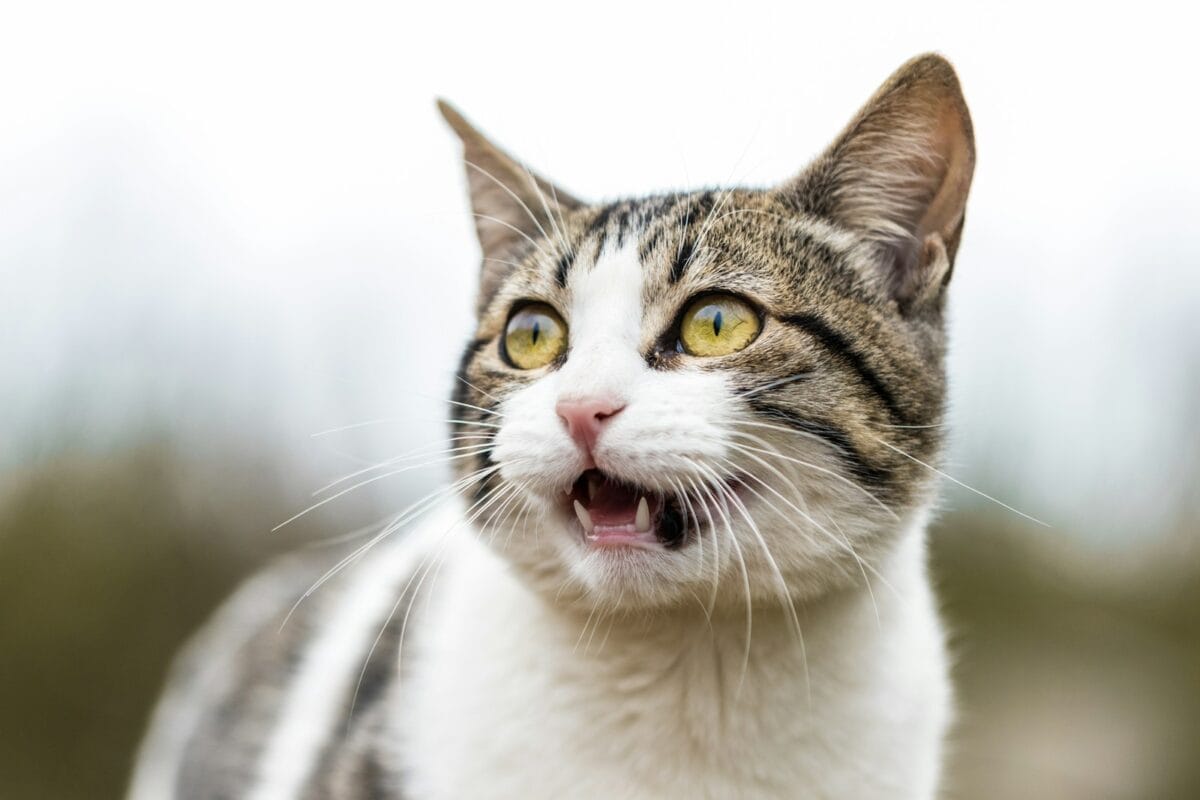If you’ve ever observed your feline friend sitting by the window, intensely focused on birds outside, you may have heard a distinct sound that’s not quite a meow, purr, or hiss. This characteristic chattering, chirping, or clicking noise is one of the most curious and endearing cat vocalizations—and it’s almost exclusively triggered by the sight of potential prey, especially birds. This article delves into the fascinating world of cat chirping behavior, exploring the science, theories, and evolutionary reasons behind this distinctive feline trait that has puzzled and amused cat owners for generations.
The Unique Sound of Cat Chirping

Cat chirping is a distinctive vocalization that sounds remarkably different from other cat sounds. Unlike the smooth, continuous sounds of purring or meowing, chirping consists of a series of short, staccato sounds made with the mouth partially open. The sound is often described as a combination of chattering teeth, clicking, or a rapid succession of high-pitched squeaks. Some cats also incorporate a slight trilling sound into their chirps, making each cat’s chirping somewhat unique. This behavior is typically accompanied by an intense gaze, with the cat’s body becoming still and alert, tail twitching slightly—all signs of their complete focus on the potential prey they’re observing.
When and Why Cats Display This Behavior

Chirping is almost exclusively exhibited when cats spot potential prey that they cannot immediately access. While birds are the most common trigger, cats may also chirp at squirrels, insects, or even moving toys that mimic prey-like movement. The behavior is most frequently observed when cats are looking through windows, as this creates the perfect scenario of visible but inaccessible prey. Indoor cats may display this behavior more often than outdoor cats, likely because of their limited ability to act on their hunting instincts. The intensity of chirping varies between cats, with some felines becoming extremely vocal and animated while others might emit just a few subtle clicks.
The Predator-Prey Connection

The chirping behavior is intrinsically linked to a cat’s natural predatory instincts. Despite thousands of years of domestication, house cats retain many of the hunting behaviors of their wild ancestors. Cats are obligate carnivores and natural hunters whose nervous systems are highly tuned to respond to the movement patterns of potential prey. The quick, erratic movements of birds are particularly effective at triggering a cat’s predatory response sequence. This sequence typically includes stalking, pouncing, and killing, but when a physical barrier prevents the cat from completing this sequence, chirping often occurs instead. It represents a manifestation of the cat’s excited, frustrated state when their natural hunting behavior is interrupted.
The Frustration Theory
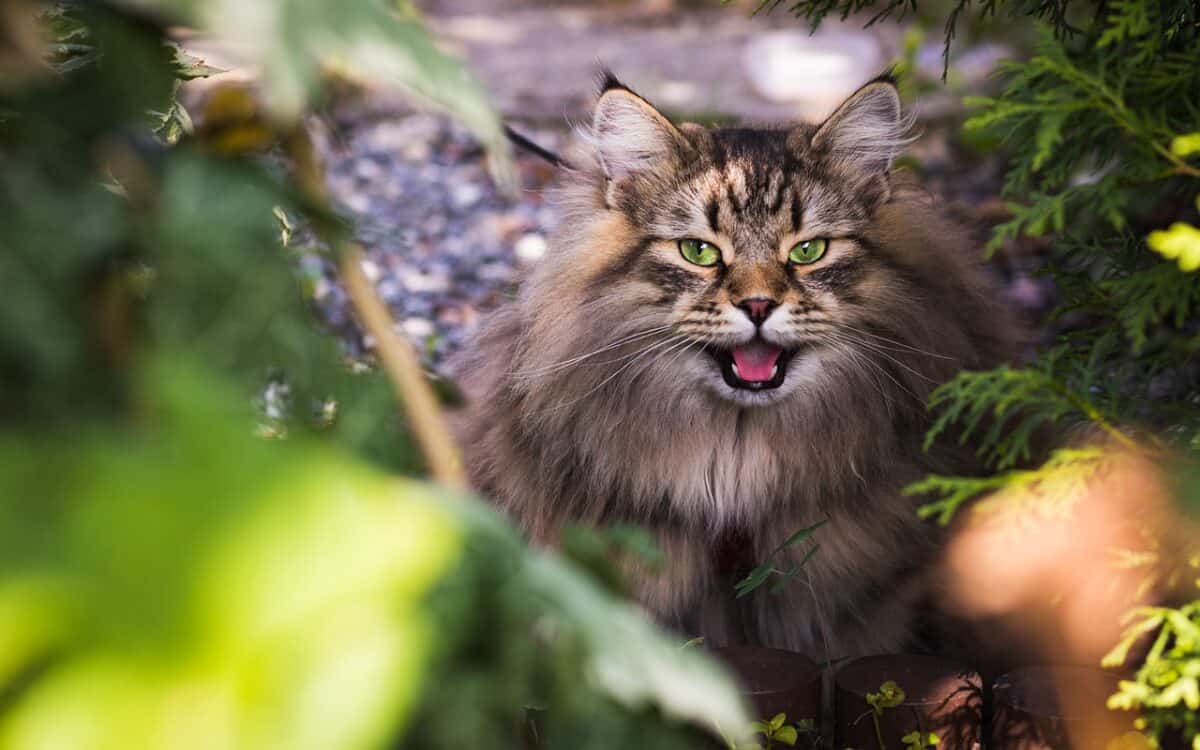
One of the most widely accepted explanations for cat chirping is the frustration theory. According to this theory, chirping is an expression of excitement and frustration when cats see potential prey but cannot access it. The glass window or other barrier creates a situation where the cat’s hunting sequence is activated but cannot be completed, resulting in a build-up of energy and excitement with no outlet. This pent-up predatory drive manifests as the chattering or chirping sound. Some behavioral experts compare it to humans who might unconsciously tap their fingers or bounce their legs when anticipating something exciting but having to wait. It’s essentially a physical expression of emotional and instinctual energy that has no other release.
The Killing Bite Hypothesis
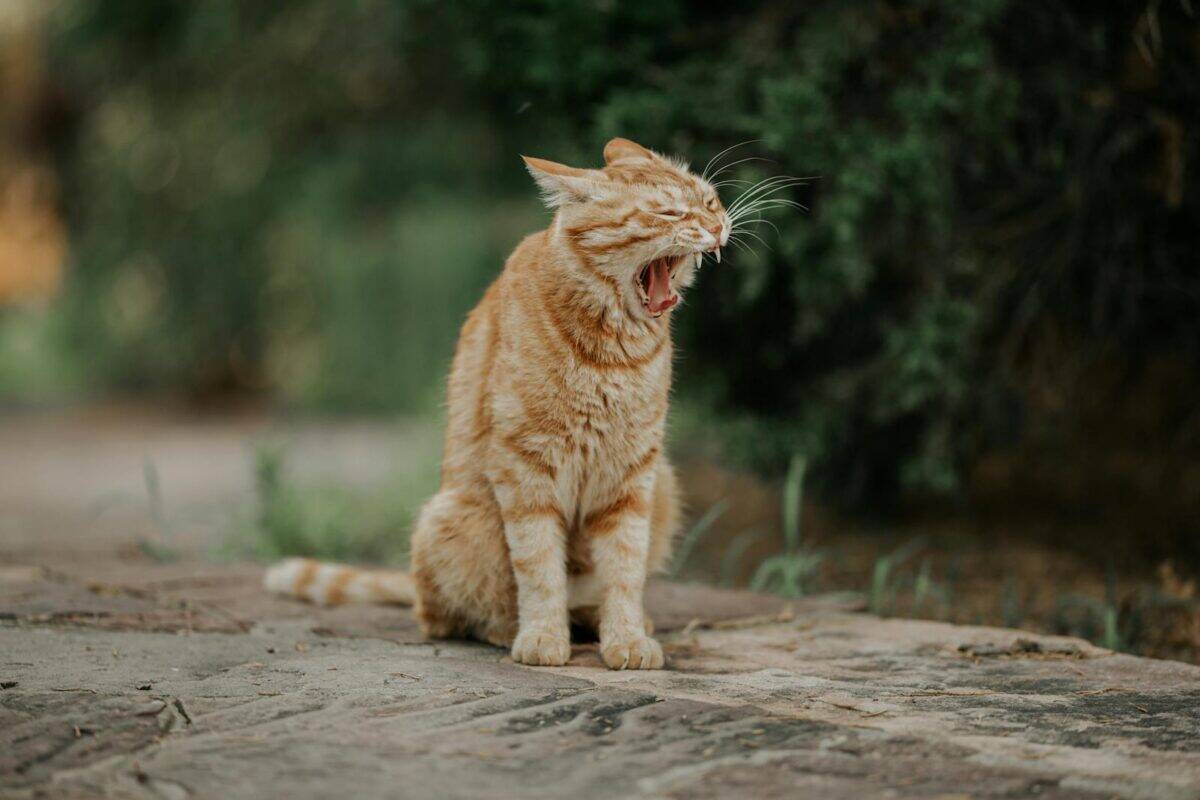
Another fascinating theory suggests that the chattering motion mimics the specialized “killing bite” that cats use in the wild. When cats catch prey like birds or rodents, they deliver a precise, rapid bite to the neck or spine to quickly dispatch their catch. The jaw movement during chirping bears a striking resemblance to this killing bite motion. According to this hypothesis, cats instinctively practice this crucial hunting movement when they see potential prey, even if they can’t physically reach it. This could be a form of rehearsal or an instinctive response triggered by the visual stimulus of seeing a bird. Some researchers believe this provides evidence that chirping is an involuntary, hardwired response rather than a learned behavior.
Mimicry or Communication Attempts

Perhaps one of the most intriguing theories about cat chirping suggests it might be an attempt at mimicry or communication. Some researchers have noted that the sounds cats make when chirping at birds sometimes resemble bird calls or insect sounds. This has led to speculation that cats might be attempting to lure prey by mimicking their sounds. While this theory lacks substantial scientific evidence, observations in the wild have shown that some predators do use vocal mimicry as a hunting strategy. Additionally, researchers studying wild cats have observed hunting mothers using specific vocalizations to call kittens to a teaching session. The chirping could potentially be a vestigial expression of this teaching behavior, even though domestic cats rarely have the opportunity to follow through on the hunting lesson.
Neurological Responses to Visual Stimuli

From a neurological perspective, the chattering behavior may represent an automatic response to specific visual stimuli. When cats watch birds or other potential prey, their brains process rapid, erratic movements differently than slow or predictable ones. These fast, unpredictable movements trigger activity in parts of the feline brain associated with predatory behavior. The neural pathways connecting visual processing to motor control and vocalization could explain why seeing certain movements automatically triggers both physical responses (like tail twitching) and vocalizations (like chirping). Some research suggests that these responses are similar to reflex actions, occurring automatically without conscious decision-making by the cat. The intensity of the chirping may correlate with how strongly these neural pathways are activated by particular visual stimuli.
Differences Between Indoor and Outdoor Cats
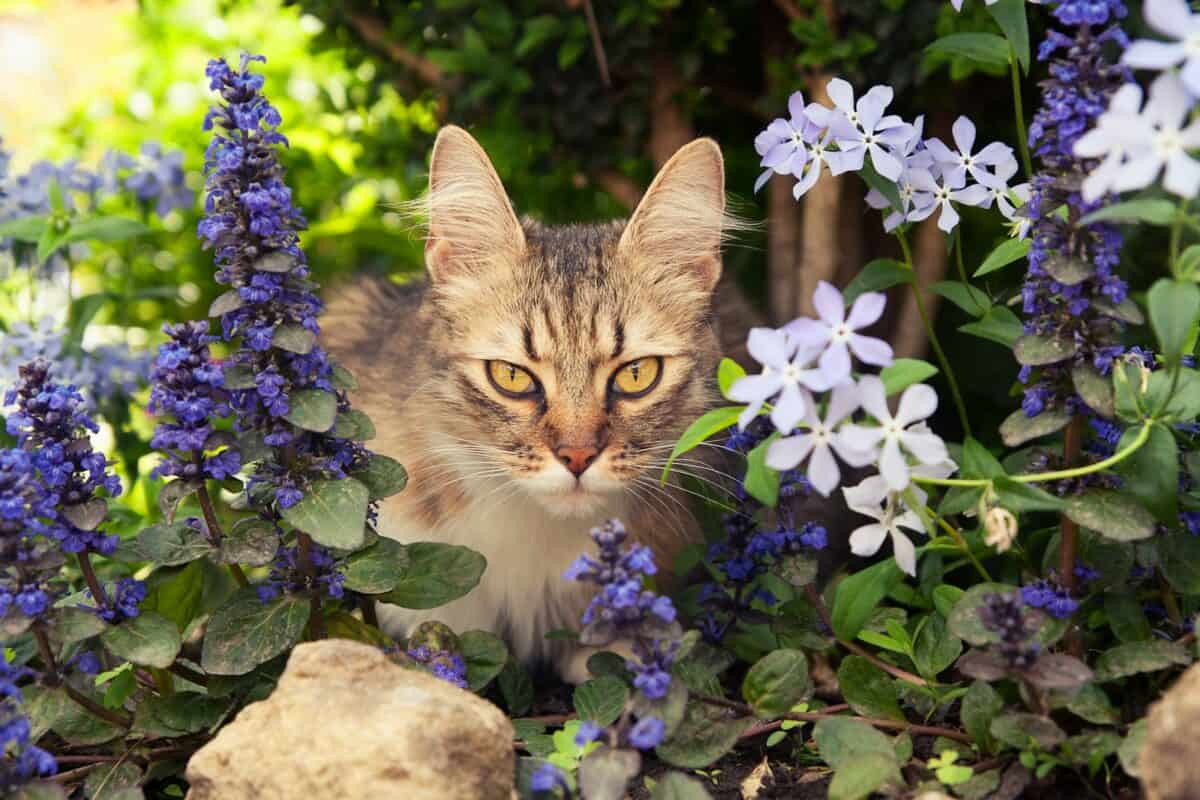
The frequency and intensity of chirping behavior can vary significantly between indoor and outdoor cats. Indoor cats, especially those who have never hunted, often display more pronounced chirping behaviors. This may be because their predatory instincts remain unsatisfied, making the sight of potential prey even more stimulating. Outdoor cats who regularly hunt might chirp less frequently when observing prey through windows, possibly because they have outlets for their hunting behaviors. However, they may still exhibit this behavior when encountering particularly enticing prey that is inaccessible. Research has also shown that cats raised with regular exposure to birds may chirp more readily than those with limited exposure, suggesting that while the basic behavior is instinctual, its expression can be influenced by experience and learning.
Comparing Chirping Across Cat Species

Chirping behavior isn’t limited to domestic cats—it appears across various wild feline species as well. Big cats like cheetahs are known to chirp or chatter in situations similar to house cats, particularly when they spot prey they cannot immediately pursue. The existence of this behavior across the feline family suggests it has deep evolutionary roots rather than being a recently developed trait in domestic cats. Interestingly, the context and frequency of chirping vary among different cat species, with some using similar sounds for different purposes. For instance, cheetahs use chirp-like sounds for communication between mothers and cubs, while domestic cats rarely chirp in social contexts with other cats. These differences provide valuable insights into how the behavior may have evolved and specialized within different branches of the feline evolutionary tree.
The Role of Breed and Genetics
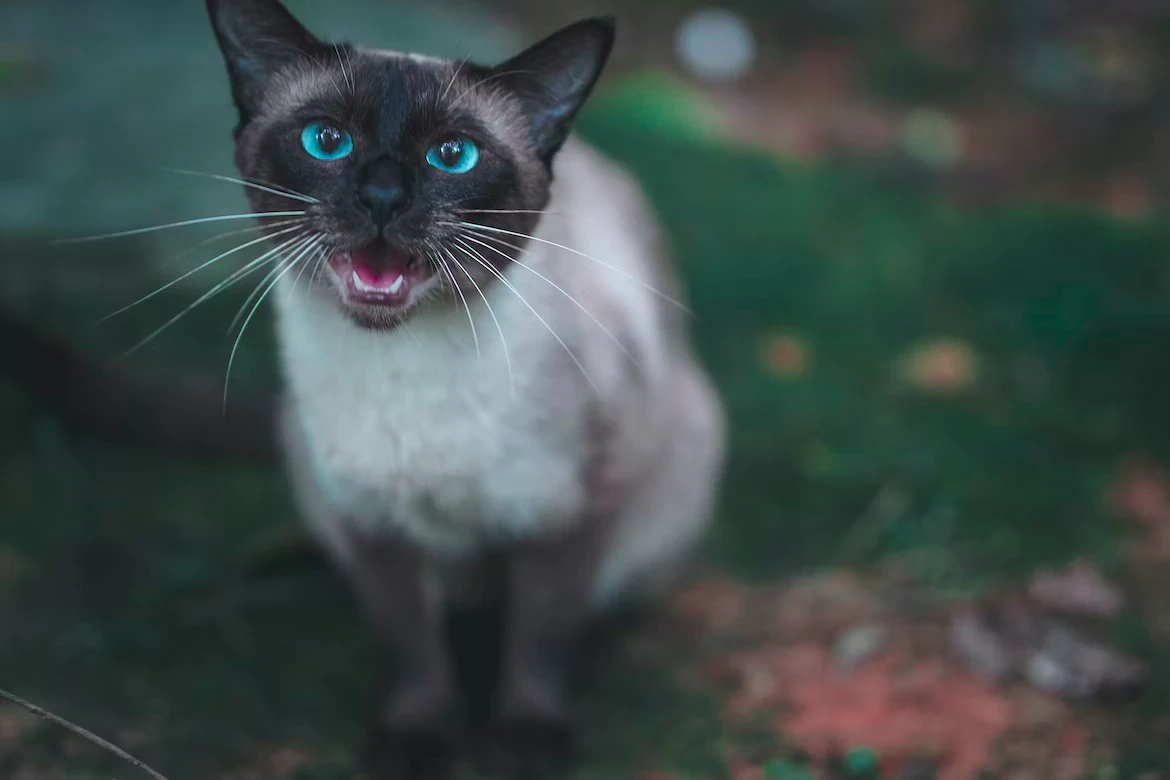
While all domestic cats can potentially chirp at birds, certain breeds seem more predisposed to this behavior than others. Oriental breeds like Siamese, Bengals, and Oriental Shorthairs are often noted for being more vocal in general, including more frequent and elaborate chirping. This suggests there may be a genetic component to the behavior, with some bloodlines more likely to express this trait prominently. However, even within breeds, individual variation is significant. Some cats rarely chirp regardless of breed, while others might chirp at the slightest glimpse of potential prey. This individual variation suggests that while genetics may create predispositions, environmental factors and individual temperament also play important roles in determining how much a particular cat will engage in chirping behavior.
How to Enrich Your Cat’s Life Around This Behavior

Understanding that chirping represents natural hunting behavior can help cat owners provide appropriate enrichment for their feline companions. Creating opportunities for cats to express their predatory instincts in safe, appropriate ways can help satisfy these deep-seated drives. Interactive toys that mimic prey movements, such as feather wands or automated toys that move erratically, can provide an outlet for hunting behaviors. Some behaviorists recommend setting up bird feeders outside windows to create a “cat TV” effect, giving indoor cats visual stimulation. However, this should be balanced with the ethical consideration of not unnecessarily stressing wild birds. Regular play sessions that mimic the hunting sequence—stalking, chasing, pouncing, and “killing” a toy—can help cats fulfill their natural behavioral needs and potentially reduce frustration-based behaviors.
Cat chirping represents one of the most intriguing intersections of instinct, emotion, and evolutionary history in our feline companions. This distinctive behavior offers us a glimpse into the complex internal world of cats, revealing how deeply their wild ancestry continues to influence their responses to the world around them. Whether chirping is primarily an expression of frustration, a practice killing bite, an attempt at communication, or some combination of these factors, it reminds us that our domestic cats remain sophisticated predators at heart. Understanding these natural behaviors not only enhances our appreciation for cats’ unique qualities but also helps us provide better care by respecting and accommodating their instinctual needs. As research continues in feline behavior and cognition, we may yet uncover more precise explanations for this charming quirk that makes our feline friends so endlessly fascinating.
- America’s Most Endangered Mammals And How to Help - August 9, 2025
- The Coldest Town in America—And How People Survive There - August 9, 2025
- How Some Birds “Steal” Parenting Duties From Others - August 9, 2025

